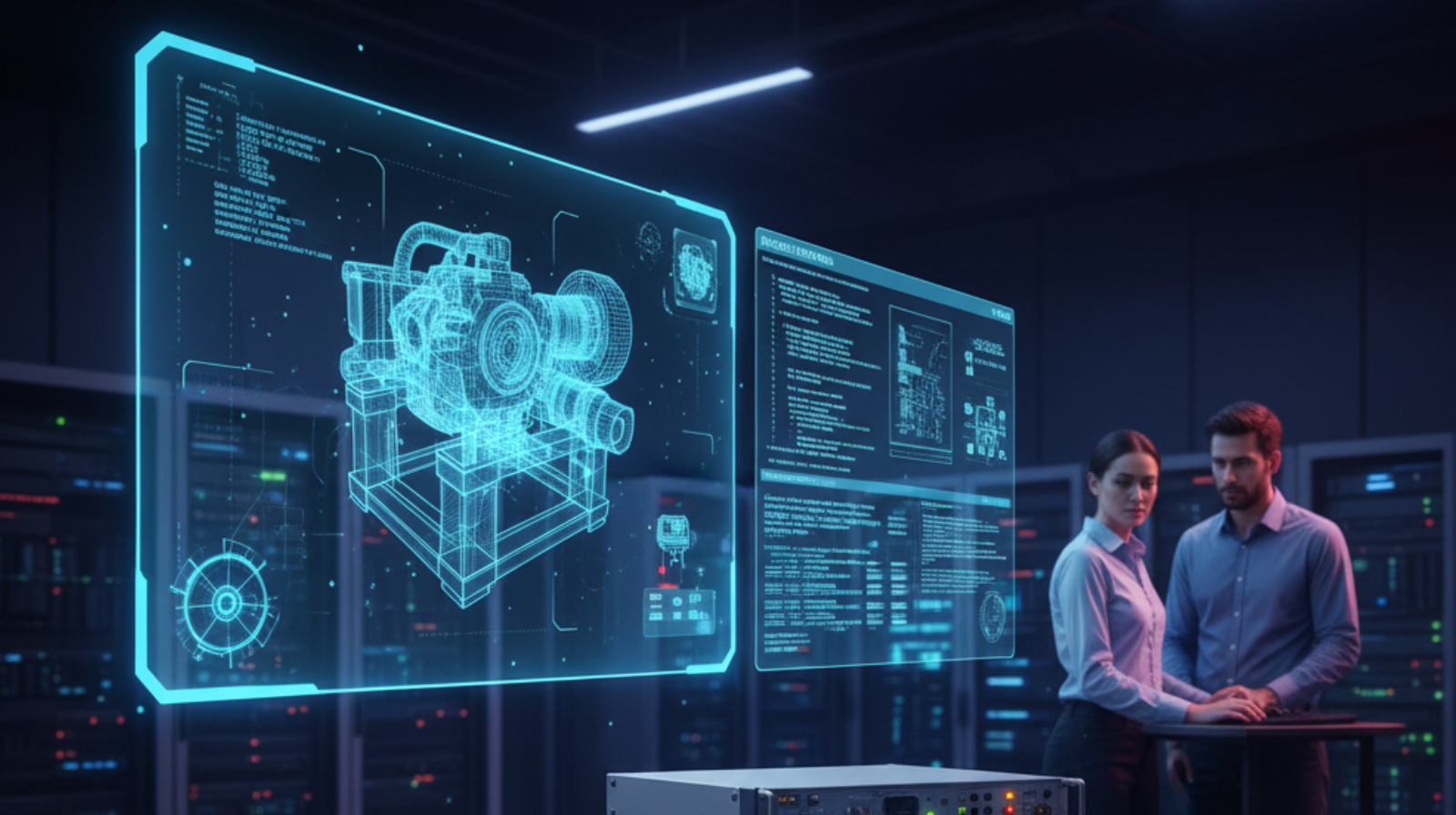In the high-stakes world of electronics and control systems development, the most dangerous moment is often the first. It’s that heart-stopping instant you power up a brand-new, multi-million dollar piece of industrial machinery connected to your freshly programmed PLC. Will it spring to life as a symphony of perfect automation, or will it shudder, spark, and perform an unscheduled and very expensive disassembly? For years, this “smoke test” was a terrifying rite of passage. Today, it’s an unnecessary risk.
Welcome to the digital proving ground: Hardware-in-the-Loop (HIL) simulation. It’s a brilliantly elegant concept that allows you to trick a control system into believing it’s operating in the real world, long before it ever touches a real piece of multi-ton steel. It’s the ultimate “try before you buy” for industrial automation, a sophisticated sandbox where you can push your logic to its absolute limits without risking a single physical component.
What is Hardware-in-the-Loop, and Why Should You Care?
At its core, HIL is a testing technique where you connect a real controller—the “Hardware” in the name—to a virtual, simulated environment. This environment, run by a powerful computer, mimics all the sensors, actuators, and chaotic variables of the real machine. The controller sends out commands, and the simulator responds in real-time, feeding back the exact electrical signals the controller would receive if it were connected to the physical system.
Think of it as the world’s most advanced flight simulator, but for industrial electronics. The pilot (your PLC or ECU) is real, but the plane and the stormy weather are a hyper-realistic simulation. This creates a safe, flexible, and incredibly powerful testing environment.
The Power to Test the Untestable
The true genius of HIL is its ability to safely and repeatedly test extreme scenarios. In the real world, you can’t just create an engine over-speed condition to see if your safety shutdown logic works. You can’t intentionally create a hydraulic line failure to test your emergency protocols. The cost and danger are simply too high.
In a simulated environment, however, chaos is just a click away. With a system like our Automated PLC System Emulator, engineers can:
- Simulate Catastrophic Failures: What happens if a critical sensor fails? Or reports a value that is completely out of bounds? HIL lets you test every single one of these “what-ifs.”
- Explore Edge Cases: You can push the system to its operational limits and beyond, testing how it behaves in extreme temperatures, under maximum load, or with fluctuating power, scenarios that are difficult and expensive to replicate physically.
- Accelerate Development: According to a leading industry journal, leveraging simulation technologies like HIL can reduce development time by up to 50% by allowing testing to happen in parallel with physical prototyping. You can debug your code and validate your logic months before the actual hardware is even assembled.
From Code to Confidence
Implementing HIL simulation fundamentally changes the development lifecycle. It shifts testing from a final, nerve-wracking step to a continuous, integrated process. Every line of code can be validated against a realistic model of the system the moment it’s written. This “shift-left” approach to testing is a cornerstone of modern R&D services and the secret to launching more robust solutions in record time.
By the time your control logic is finally introduced to the physical machine, it’s not a first date; it’s a reunion. The controller has already run thousands of virtual missions, navigated every simulated crisis you could throw at it, and has been fine-tuned to perfection. The initial power-up is no longer a moment of fear, but a moment of confidence. It’s the final, simple confirmation of a successful mission that was already won in the digital proving ground.




